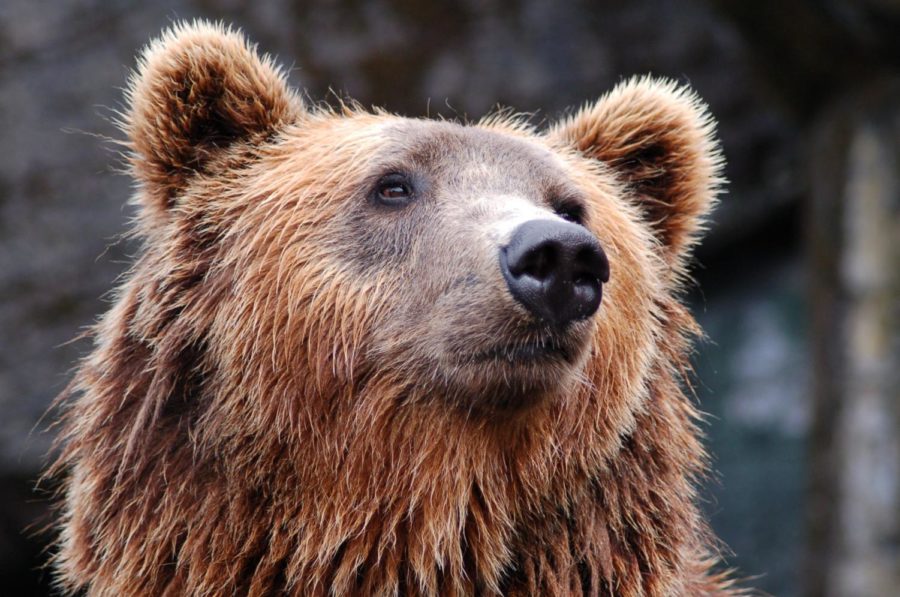Bears!
January 26, 2022
Did you know that there are plenty of different types of bears, but only 8 species?
The 8 species of bears include; Asiatic black bears, brown bears, giant pandas, North American black bears, polar bears, sloth bears, spectacled bears, and sun bears. These species include many subspecies, sometimes more than 40, just under one species.
The Asiatic black bears, also known as moon bears or white-chested bears, are medium-sized and native to Asia. These bears have a glossy black, and sometimes brownish, coat. The Asiatic black bear, much like the sun bear, has a whitish mark shaped like a crescent moon on its chest. The Asiatic black bears are omnivores, but predominantly herbivores.
Brown bears are commonly found across Eurasia and North America. In North America, the brown bear population is called grizzly bears, while different subspecies in the islands of Alaska are known as Kodiak bears. Brown bears are usually larger than black bears, and there are more than 80 subspecies of brown bears. Another unknown fact of brown bears are that they are breedable with polar bears, so there are brown polar bears, known as “Pizzly” bears.
One bear that everyone knows is the giant panda. This species is native to South Central China and is known for its white and black coloring. A not-so-common fact about pandas, though, is that they are amazing swimmers and climbers. The giant panda has an anatomic difference, which is having a large wrist bone that works more like a thumb. This helps the pandas handle food with more ease.
North American black bears are a very interesting species of bears. These black bears, unbelievably, aren’t always black. Different color variations of the North American black bear are black, brown, cinnamon, blonde, blue-grey, or white. Black bears, much like other species of bears are omnivores and feast on a variety of foods, such as insects, nuts, berries, acorns, roots, and grasses. These bears usually prefer staying in forested areas because it provides protection from predators, like brown bears.
Another bear species that is widely known is the polar bear. What most people don’t know is that polar bears are not actually white. Their fur appears white due to being translucent, but under that thick layer of fur, their skin is black. These strong bears can swim for up to days at a time because of the big feet they use as paddles.
Sloth bears, with an adorable rough shaggy coat, are native to India. They eat termites and ants, and to protect themselves from dust or insects when ravaging through nests or beehives, sloth bears can completely close their nostrils. They have a thin coat to stay cool in their warm, tropical environment.
The Spectacled bear, or the Andean bear, is one of the smallest members of the Ursidae family. This species of bear can be found in a variety of habitats, including the rainforest. They are also one of the last species of short-faced bears existing in the wild today. The spectacled bear has distinct cream-colored markings on its face and usually down the neck and chest of the bear as well.
The Sun bears, also one of the smaller members of the ursidae family and least known. These bears have a white or yellowish patch on their chest. They eat sweet fruits, small animals, and other insects. Sun bears are great climbers and spend most of their time in trees. They are native to Southeast Asia.
There are only eight species of bears, but many subspecies, and many more unstated facts about them. Find more information about bears here and a lot of other places!






























